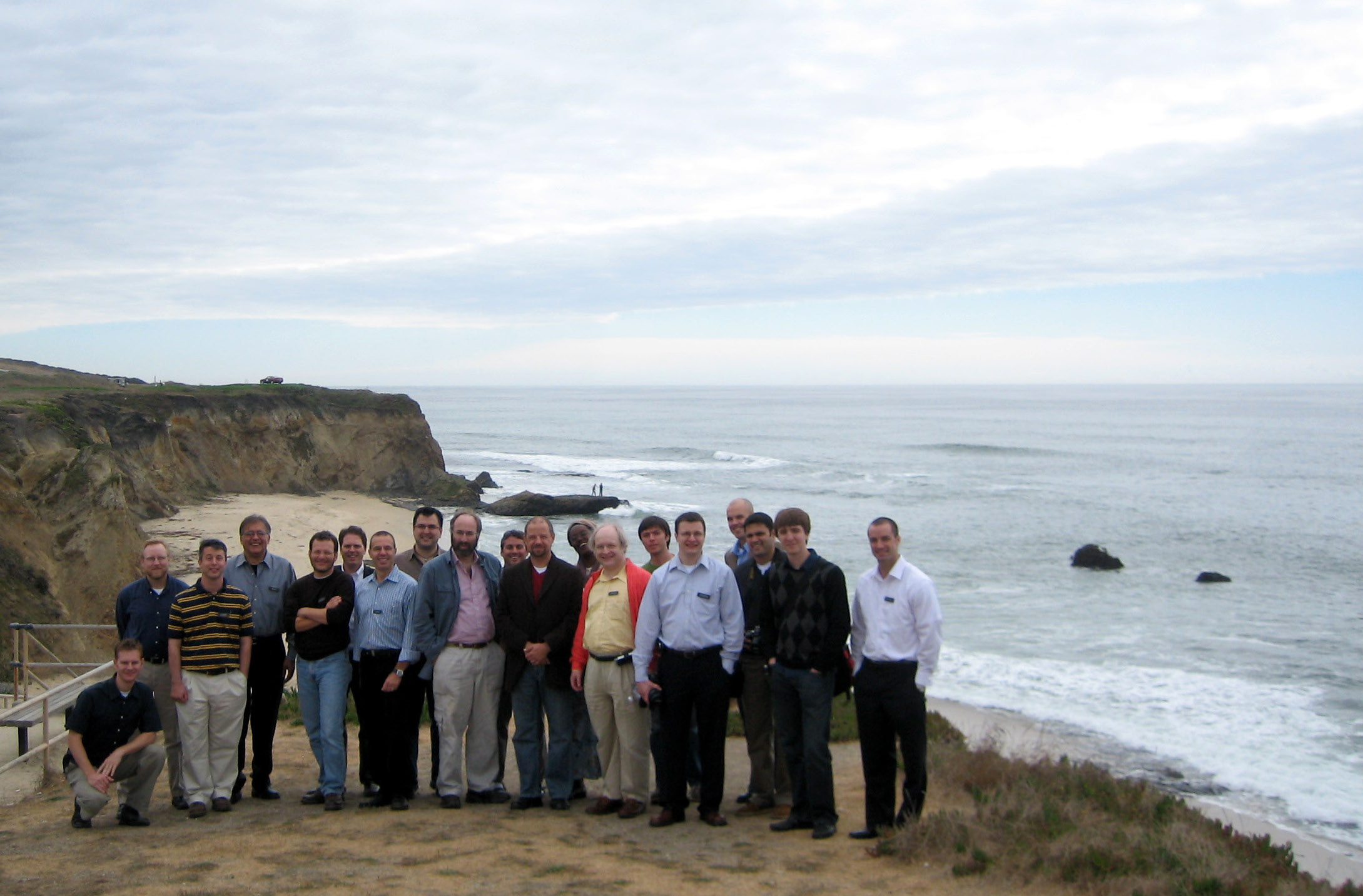Summary of SPARK UX
Software Architects have a tough job. They need to be experts in mapping business needs to technology, understanding the IT organization, and domain specific areas such as service orientation, workflow, security etc. One of the areas that often gets overlooked however is User Experience (UX). If many software architects were building architects we'd have structurally sound buildings, but one ugly city!
This "UX for Architects" message is one that I've been taking on the road to a number of events recently, including TechEd in Boston this year. Judging from the feedback from these events, this is a topic that resonating well, but doesn't seem to be getting the attention it needs. To help this along, the Architecture Strategy Team at Microsoft hosted SPARK UX, a two day workshop on this very issue this week at the Ritz Carlton in Half Moon Bay, CA.
We invited 30 top thinkers from a mix of UX and Software Architecture backgrounds to discuss the issues that surround this problem. The attendees included a few that have already publicly blogged, including Adam Richardson from Frog, Brandon Schauer from AdaptivePath, Lou Rosenfeld, and Phil Barrett. Analysts from Ovum and Gartner were also in attendance.
This workshop style gathering was moderated by two professional facilitators, and focused on card-storming and working group exercises as we covered a number of topics during Monday and Tuesday.
One additional highlight for many attendees was a presentation by John Hill, who is the building architect responsible for the Ritz Carlton in Half Moon Bay, along with a number of additional resort hotels across the world. It was fascinating to listen to some of his experiences, especially when someone asked "what's the worst mistake you've ever seen". To this, John thought for a minute and answered "Hmmm... nothing I can really think of". If we'd have asked the same question to an architect in our industry, I think we would have been inundated with tales of projects that hadn't been completed on time, or didn't meet the needs of the clients! For me, this was very indicative of how immature our industry is.
So, did we get a single, all encompassing answer on how to solve this problem? Not in the day and a half - but we did come away with a set of actions and outcomes that I think will set this in motion as we continue down this path. These included:
- On the last day we discussed whether a "User Experience Architect" was a role or discipline within an organization. The answer is always going to be "it depends" based on who the organization is, but the group did agree that that many roles included a blend between architecture and UX. I believe that identifying this role is an important step to understanding what guidance we need to create.
- I think there was a lot of agreement that we need to do more to incorporate UX into the Software Development LifeCycle (SDLC). We were fortunate to have Jeff Patton from Thoughtworks who admitted that many people are thinking about this today, but not much is really available publicly.
- We need more UX sessions in architecture events and more architecture sessions in UX events. I'm personally going to be kicking this off by introducing an "experience" track at our next Strategic Architect Forum (SAF). I'm also looking forward to seeing more architecture related sessions in user experience and design events such as MIX, DUX and AIGA.
Lou Rosenfeld summarized the event well by saying that this is a journey, not a destination. For those that attended I'm hopeful that this unique and non-typical event from Microsoft demonstrated this, and look forward to continuing the discussion.
Comments
- Anonymous
October 11, 2006
Microsoft just put on an interesting summit bringing together some very different types of people into the same room for a discussion about user experience and software architecture. Jacob Nielson from the Nielson/Norman Group was there, as was Grant


